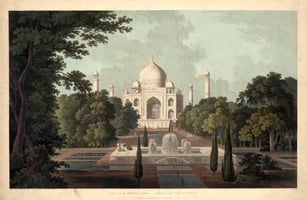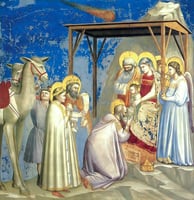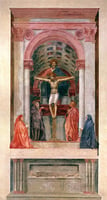Orientalism art period was a period in the eighteenth and nineteenth centuries which saw the...
A New Age of Rebirth: Exploring the Impact of the Renaissance on Modern Culture
The Italian Renaissance period (1330-1550) was a period of great cultural and artistic development in Europe. It was a period of increased exploration, invention, and education, as well as a flourishing of the arts. This period began in Italy and spread throughout Europe, leading to a new understanding of the world and inspiring a new wave of creativity. Renaissance art was characterized by its focus on the human form and the natural world, its emphasis on realism, and its use of perspective.
The Renaissance was a period of tremendous progress and advancement in art. Painters such as Leonardo da Vinci, Michelangelo, and Raphael produced some of the most iconic works of art in history. They developed new techniques such as linear perspective, which allowed them to create lifelike images with a deep sense of three-dimensionality. They also explored the human form, emphasizing the beauty and power of the human body.
The Renaissance also saw an increased focus on classical Greek and Roman themes and motifs. Artists drew inspiration from the literature, philosophy, and architecture of the ancient world and incorporated them into their work. Classical elements such as columns, arches, and pediments were commonly used as decorative elements in paintings and sculptures.
The Renaissance also saw a shift in the way artists viewed their role in society. They began to take on a more active role in society, engaging in political and religious debates and creating works of art that had an important impact on the public. This shift can be seen in the work of Michelangelo, who was commissioned by Pope Julius II to paint the ceiling of the Sistine Chapel. He used the painting to communicate important religious messages to the public.
The Renaissance was a period of great creativity and innovation in art, and its legacy can still be seen in modern art. Its emphasis on realism and the human form, its integration of classical motifs, and its focus on the artist’s role in society all continue to shape the way art is created today.




